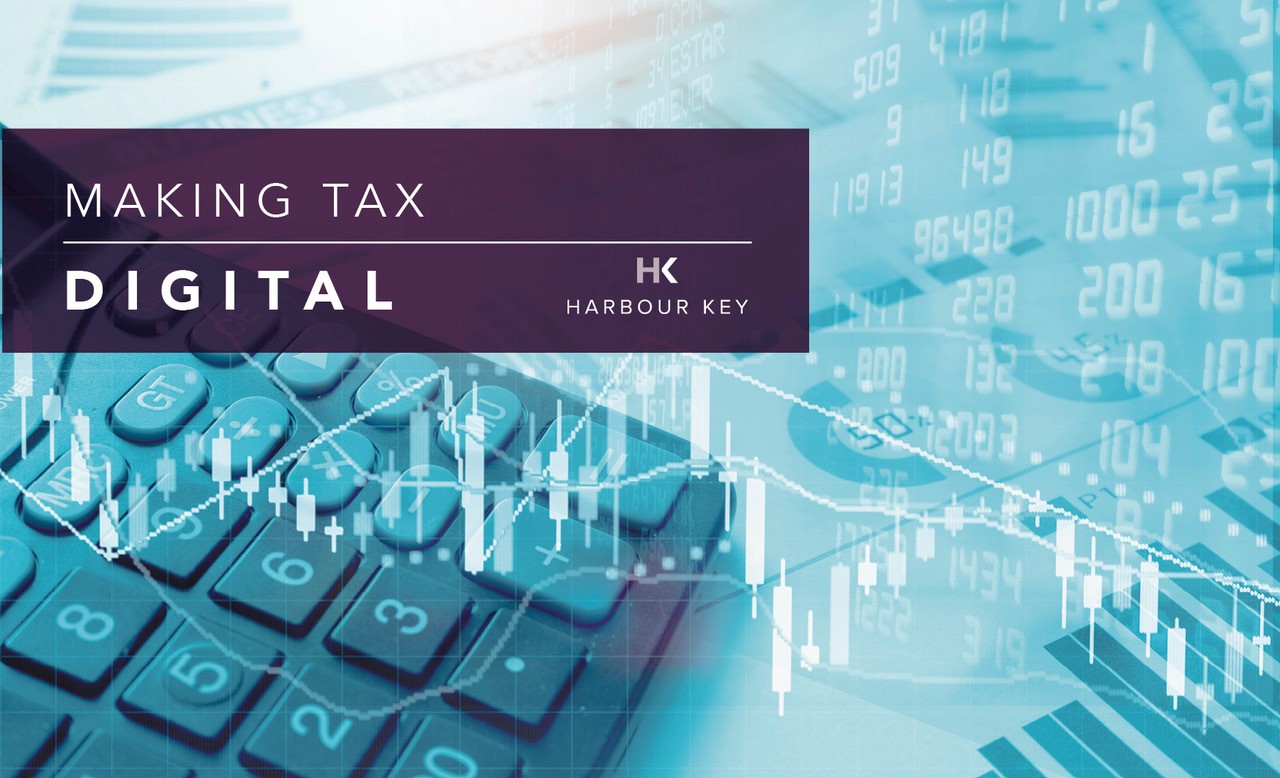
Making Tax Digital (MTD) is part of the government’s plan to make it easier for businesses to stay on top of their day-to-day accounts and tax reporting. HMRC wants to be one of the most digitally advanced tax administrations in the world – improving efficiency, effectiveness and ease of compliance, which means no paper and more regular reporting. It will also enable HMRC to have more real-time information with the aim of closing the tax gap (the tax due compared to tax collected, due to evasion, avoidance and errors). The latest tax gap figures provided by HMRC show that innocent mistakes cost The Treasury £8.5 billion in the 2019 tax year. The improved accuracy that HMRC expect digital records to provide, along with the help built into the software products that are required for MTD and the fact that information is sent directly to HMRC from the digital records, will avoid transposition errors and therefore will reduce the amount of tax lost to these avoidable errors.
From 1 April 2019, MTD became mandatory for all businesses over the VAT threshold (£85,000). From 1 April 2021, UK VAT registered businesses face more MTD obligations. These obligations were due to be implemented on 1 April 2020, but postponed due the pandemic. The new obligations are accompanied by the threat of penalties for non-compliance.
Currently VAT-registered businesses, individuals and charities with a taxable turnover above the VAT registration threshold are required to follow the MTD rules by keeping digital records and using compatible software to submit their VAT returns, for example Xero, or Quickbooks. Where taxable turnover is below the VAT threshold (£85,000), the business can voluntarily join the MTD regime now, but from April 2022 all VAT returns will need to be completed and submitted using compatible MTD software.
Under the latest update to the MTD rules, it is now a legal requirement to have digital records. Under the MTD rules, UK VAT registered businesses must keep and maintain VAT records digitally in “a compatible software package that allows you to keep digital records and submit VAT Returns” or use “bridging software to connect non-compatible software (like spreadsheets) to HMRC systems”.
This digital record keeping requirement is compulsory for all VAT periods beginning on or after 1 April 2021. Records included under this requirement include sales and purchase invoices with VAT.
The digital links between the software packages need to be in place before the business’s first full VAT period after the 1 April 2021. However, HMRC has offered an extension to the 1 April 2021 deadline if there is no solution to IT issues and the operation of an uninterrupted ‘digital journey’. Anyone wanting an extension must apply to HMRC as soon as possible and provide the following information:
- An IT map of the current accounting software showing where the digital journey fails, why it is “unachievable and not reasonable” currently to export data via digital links;
- Reasons why the business was unable to meet the 1 April deadline;
- An action plan, with IT confirmation and timetable, to resolve the matter. This cannot extend beyond the 1 April 2022;
- Details of controls to ensure that any manual data transfer will be performed without errors.
HMRC have made it clear that cost alone will not be an acceptable reason for an extension to be granted.
Penalties
From 1 April 2021, HMRC has introduced a penalty system for failing to meet MTD obligations. These penalties, or surcharges, will apply to the first completed VAT return on or after this date.
The penalties will be applied as follows:
- A default is recorded for a failure to observe the MTD rules or missing a filing. In this case a surcharge period lasting 12 months applies.
- If there is another failure a surcharge percentage applies to the VAT due on the latest return.
- If there are additional failures within 12 months a points-based system applies.
- The points result in a percentage surcharge, starting at 2% and increasing to 15%, for each accumulated failure.
There will also be fines and interest charges if there are errors in the VAT return. Fines may be 100% of the VAT due or over-claimed if returns include careless or deliberate inaccuracies or 30% if the taxpayer does not inform HMRC that their assessment is too low. Interest will be charged at 3% of the VAT due.
Second stage
These recent changes are the second stage of the MTD road map, with further changes and more businesses (and landlords) being brought into the digital regime.
- April 2022 - VAT-registered businesses with a taxable turnover below £85,000 will be required to follow MTD rules for their first return starting on or after April 2022;
- April 2023 - Self-employed businesses and landlords with annual business or property income above £10,000 will need to follow the rules for MTD for Income Tax from their next accounting period starting on or after 6 April 2023;
- April 2026 – For companies, the Government published a consultation on the future design of MTD for Corporation Tax and it is unlikely it will become mandatory before 2026.
For those businesses and individuals who will be entering the MTD regime in the next two years, action should be taken now in respect of getting financial management software onboard. Changing a system at the accounting year-end is generally a good time to change and gives you time to learn and test the system, before the first VAT return has to be filed.
Should you require any help with MTD and VAT please contact the office on 01452 713277 or email us.



